The Beauty of British Stone: How to choose the perfect home-grown stone to suit your home
Stone that's home-grown (and hewn) is best, says Artorius Faber's creative director Nikki Chee.
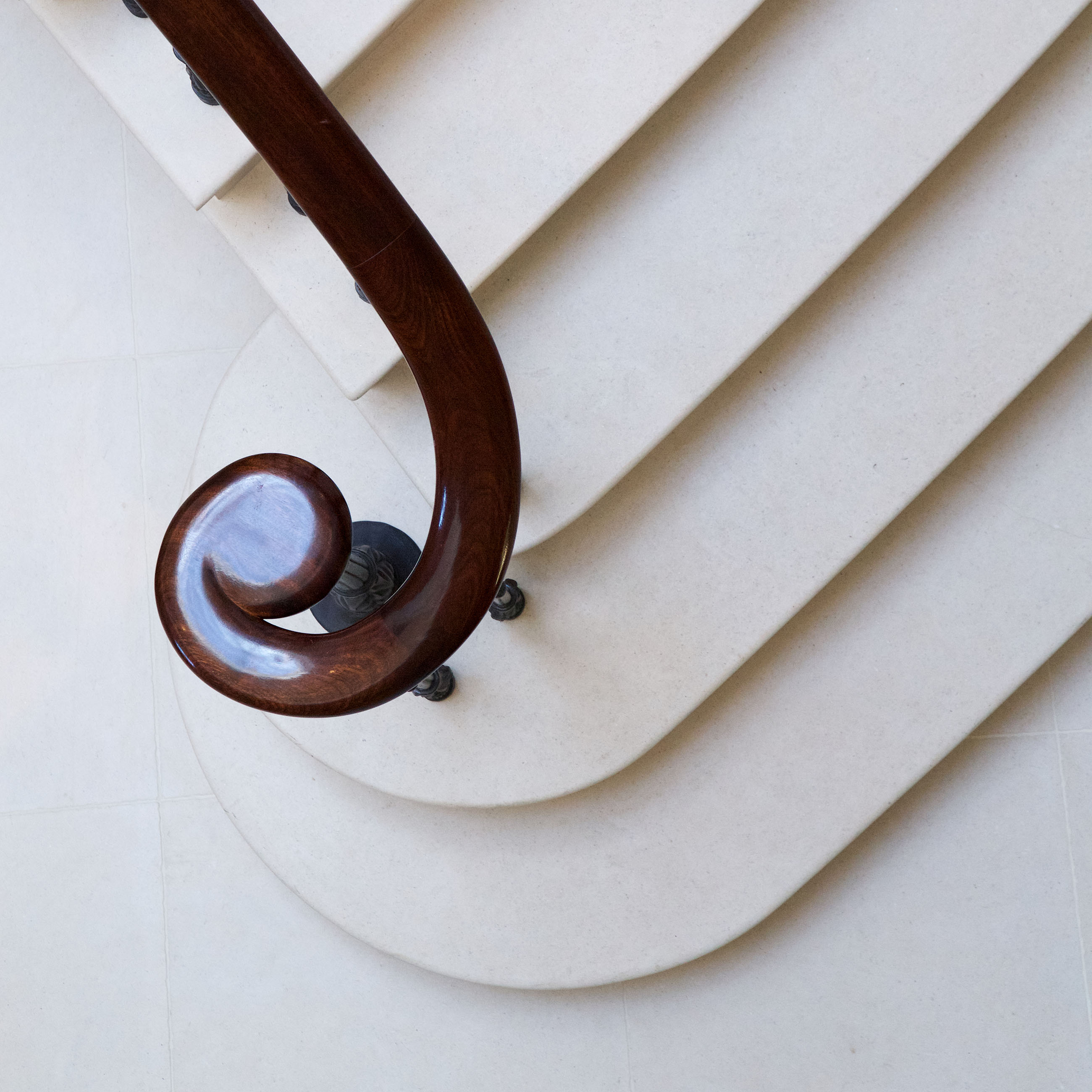
A family business based in Somerset, Artorius Faber oversees every aspect of a stone’s journey, from quarry to installation in some of the most beautiful houses in the UK and around the world.
With 30 years’ experience, its highly-skilled and knowledgeable team offers a fully bespoke service, which includes advice on choosing the right stone for specific purposes, from beautiful bathrooms, staircases and terraces to high-profile projects at Westminster Abbey, Cliveden and Annabel’s.
What are the attractions of using British stone?
For a small island, we have a huge variety of stone that offers a unique opportunity to create a sense of place, particularly when it is sourced from a local quarry. Alternatively, our clients choose stone from the area in which they were born, which creates an emotional resonance. Often, they will visit the quarry or see the stone blocks selected for a project, which allows them to engage fully in the process of creating stonework, from design through to installation.
There is such an amazing breadth of choice; some types of limestone can be transformed with a high polish into something that would challenge the best European marbles, notably Ashburton, Rose Tor and Serpentine.
Britain has beautiful stones, such as Portland, Purbeck and York. Which others will enhance an interior?
There are hundreds to choose from. Among our favourites are Rose Tor, a pinky red, veined limestone from Devon; Hardwick, a hard-wearing grey limestone with subtle veining; Ancaster, a pale, biscuit-coloured limestone with a subtle pink undertone and small fossil markings; and Green Slate from the Lake District.
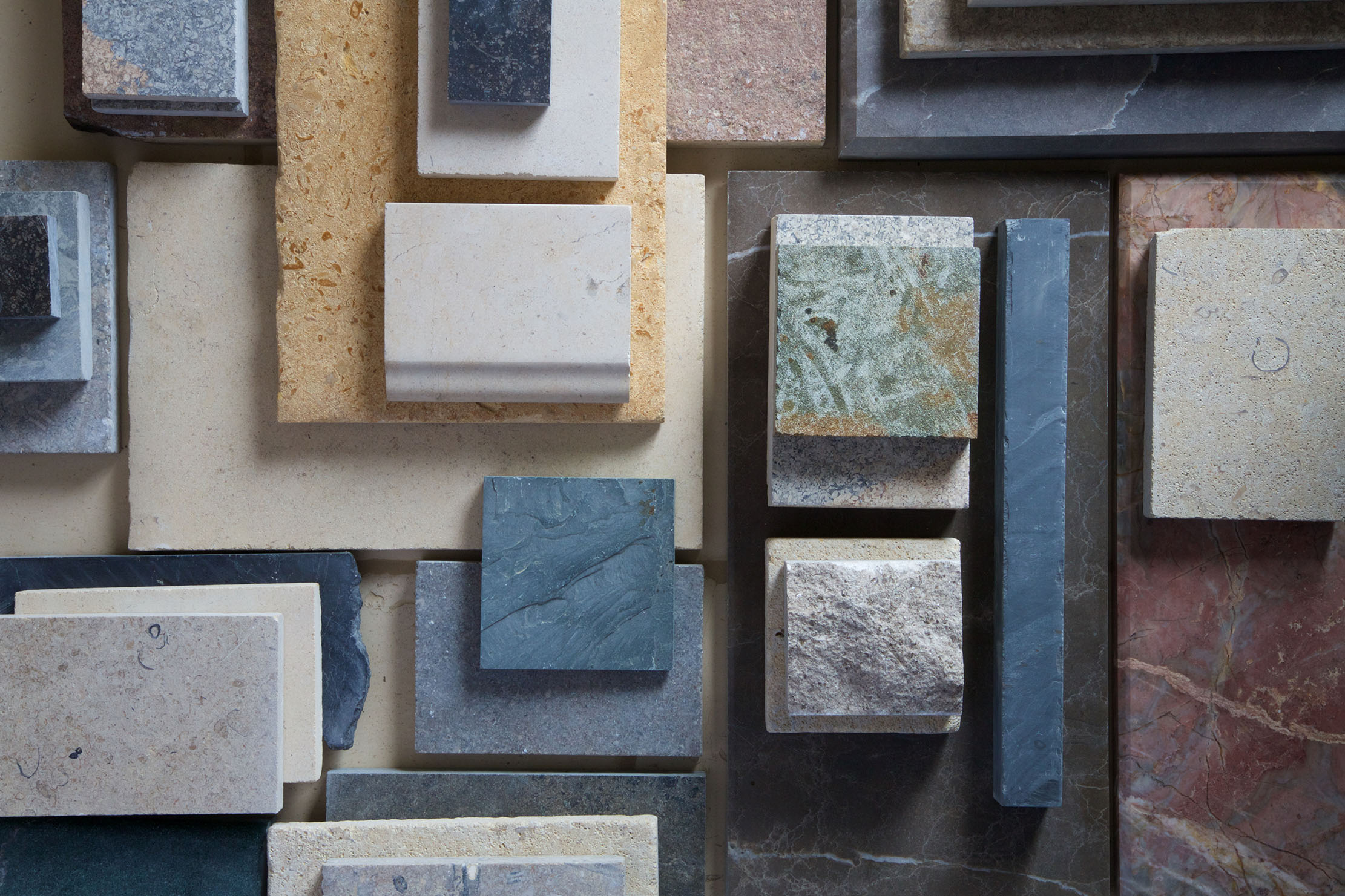
What are the environmental benefits?
The durability of quality stone offers huge benefits — you don’t need to look far for stone that has been in place for centuries. Stone develops its distinctive patina with age; it will ‘wear in’, rather than ‘wear out’. Its timeless appearance ensures it will never date. Following extraction, it’s the responsibility of all quarry owners to reinstate the landscape and encourage wildlife diversity. Each one has a clear plan in place, which is very tightly controlled.
Why does the West Country have such a wonderful variety of stones?
The geology of the region has created different beds that range from pure and clean through to heavily fossiliferous. With workshops in Somerset and our own quarry in Dorset, the West Country is our heartland, so it’s no surprise that we have a particular interest in our local stones.
Portland limestone is one of the most recognised British stones, widely used for historic buildings, such as St Paul’s Cathedral, the British Museum, Somerset House and the Bank of England. Less familiar is Portland Blue, which is beautiful, but very hard to cut and requires expert finishing.
Purbeck is arguably one of the most versatile of British stones, thanks to its range of colour tones and durability. It’s an extremely hard Jurassic limestone and we source it from our own quarry near Swanage. By contrast, Ashburton has a marble-like appearance with white calcite veins and streaks of red hematite against a grey background.
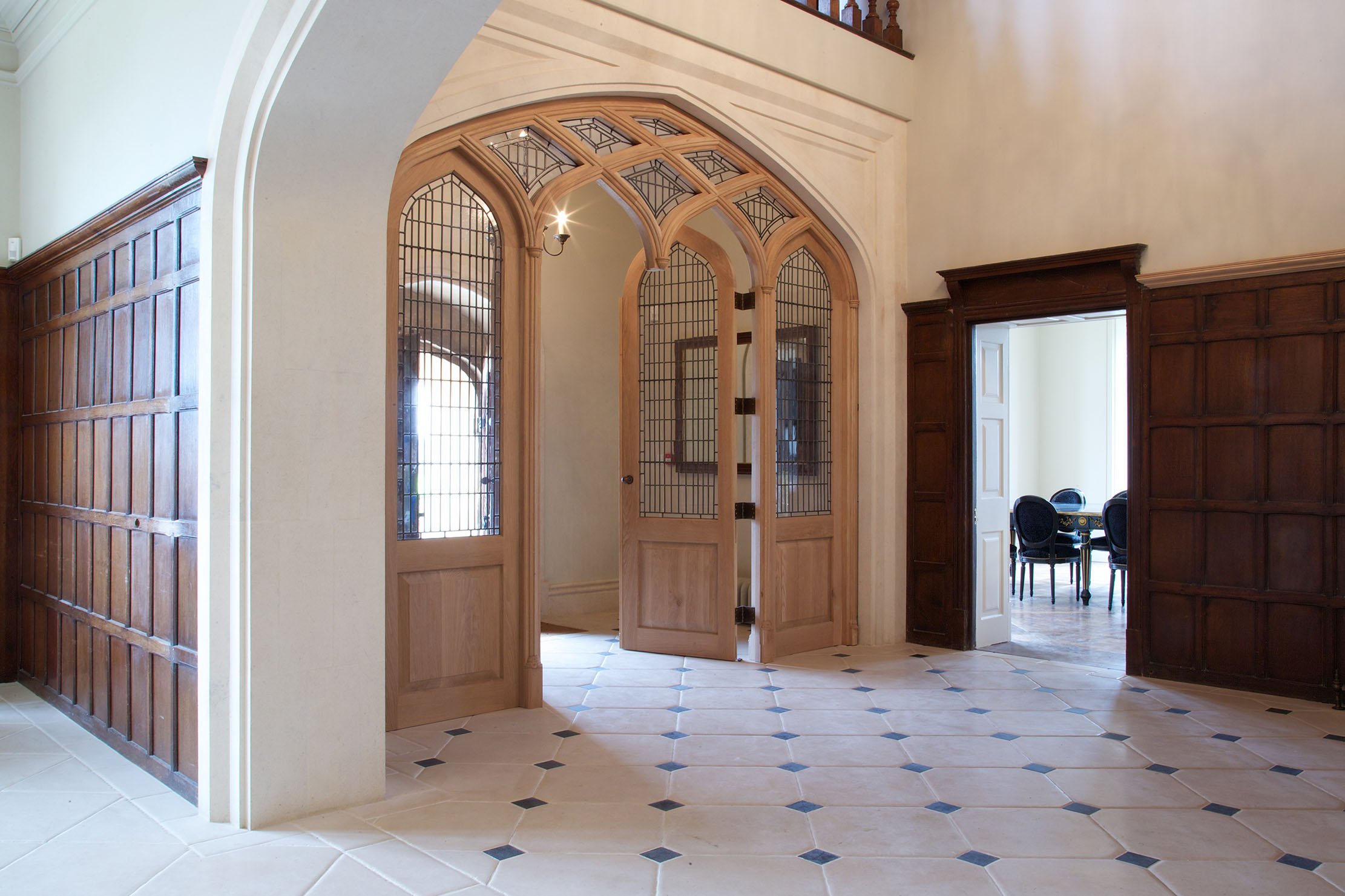
Which other parts of Britain are a good source of beautiful, high-quality stone?
The length and breadth of Britain offers many excellent options. The architecture of each area owes its distinctive look to its quarries: Cornwall has granite, Wales and the Lake District produce slate in various tones from grey to green and the Cotswolds gets its warm, honeyed look from its local stone. It is York stone that is responsible for the distinctive character of the area’s mill buildings and flagstones.
What are the skills required for quarrying and preparing stone?
You need a good eye and ear. Visual inspection of a block can determine how best to achieve what is required, such as where and how to cut. The sound the stone makes when it’s hit with a chisel will tell you if you have hit a vent. Before cutting begins, it’s vital to have a good understanding of how and where the stone will be used.
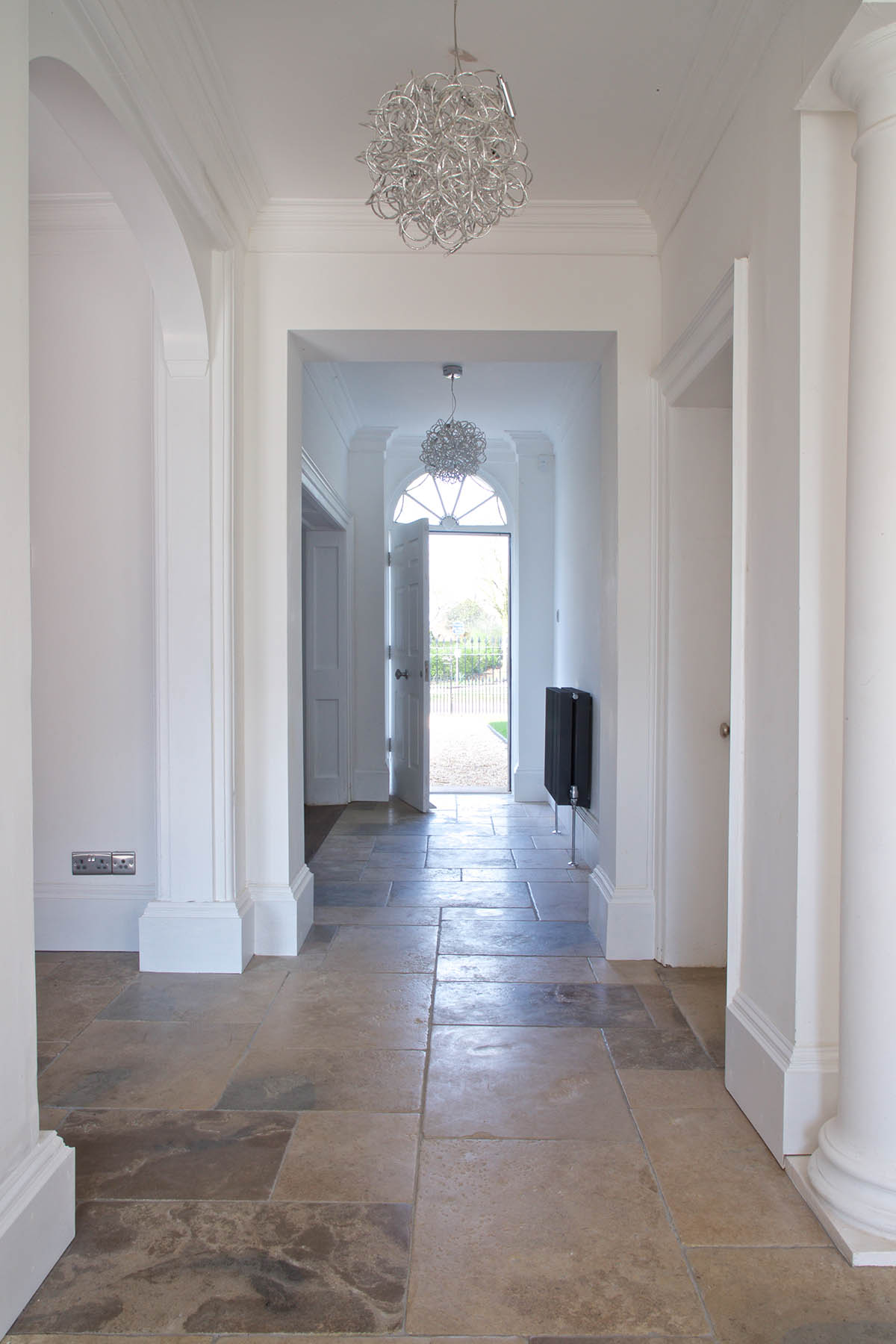
Which types of stone lend themselves best to different uses?
Portland is a great choice for structural elements, as it’s consistent and easy to work with and ideal for creating a classic look, particularly for solid staircases. For floors, the choice of stone will depend on the space, purpose and the amount of foot traffic and use. Popular options for floors include: Purbeck, Portland, Bath, Ancaster, Hopton Wood, Kimmeridge, Hardwick and Kingsbury Lias.
Outside, York and Blue Pennant are always favourite choices. Stone is enjoying a revival in the bathroom, too; it’s a good heat conductor and is also suitable for use with underfloor heating. Ashburton, Rose Tor and Crawford, a dark blue limestone with calcite veins and fossils, are great options.
In wet rooms and steam rooms, using the same stone for flooring, shower area, steam room, wall cladding and shelving really makes an impact. We have even created the seating in a steam room from solid pieces of stone.
Artorius Faber — 01935 847333; www.artoriusfaber.com
British Stone: Five of the best you can use
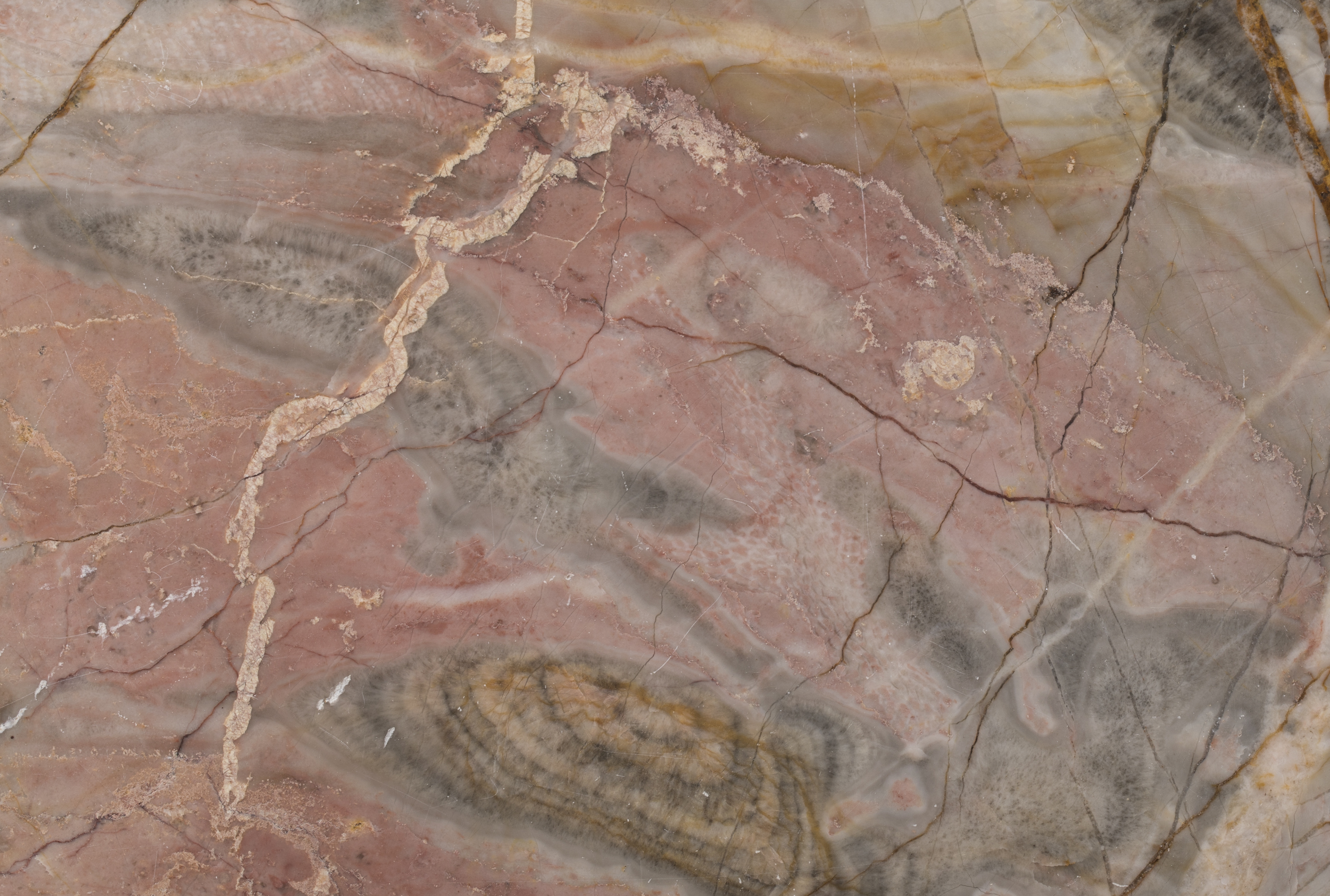
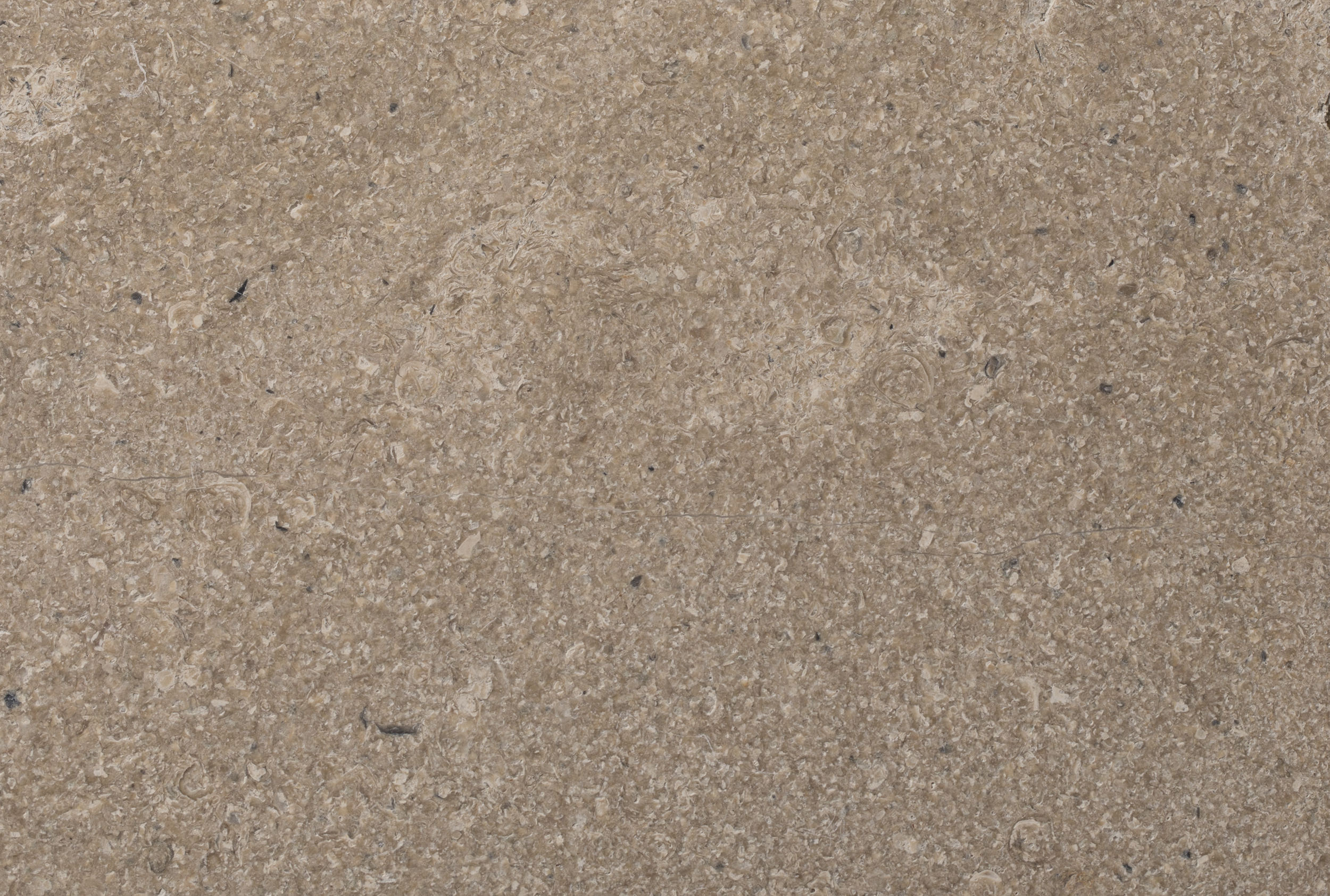
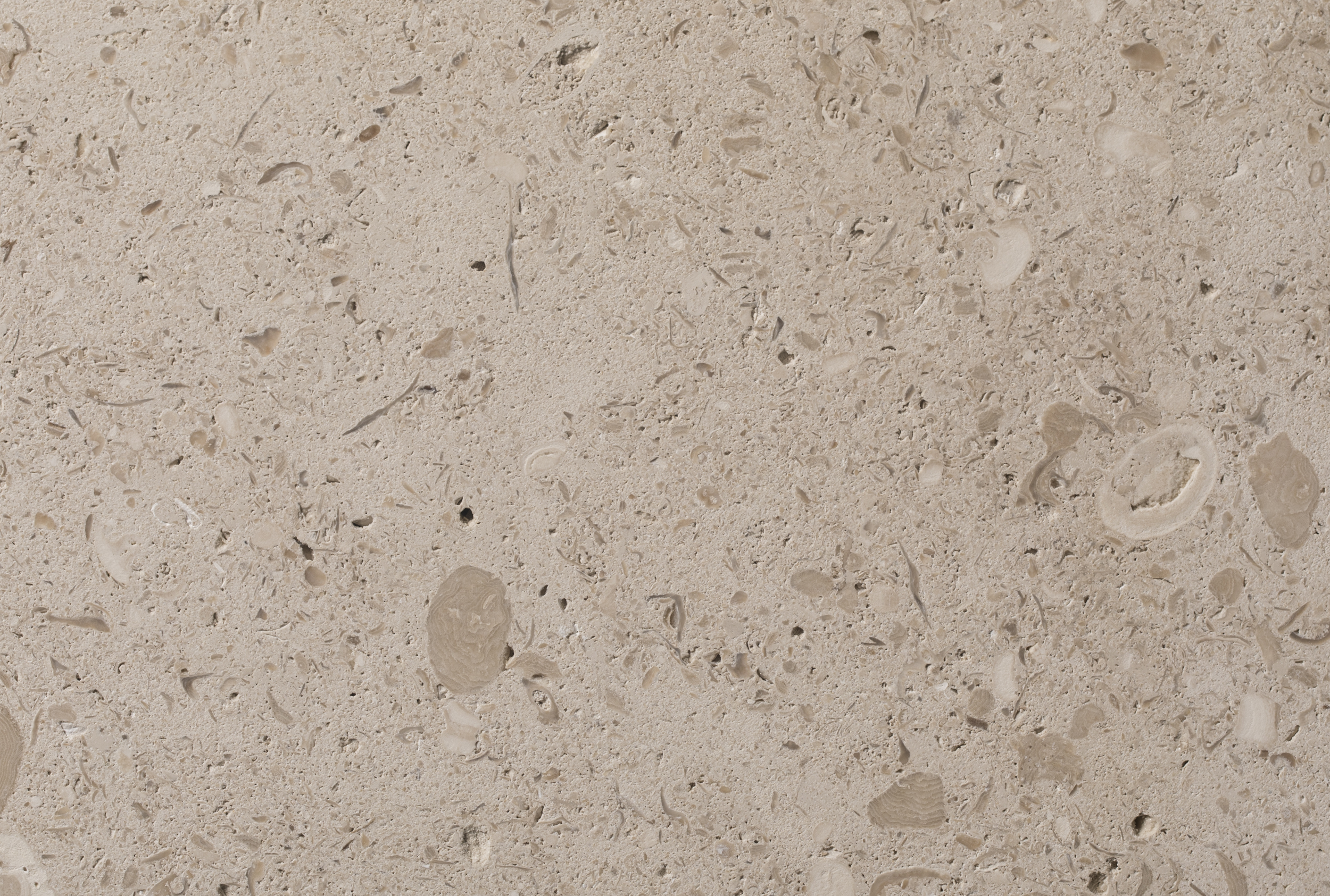
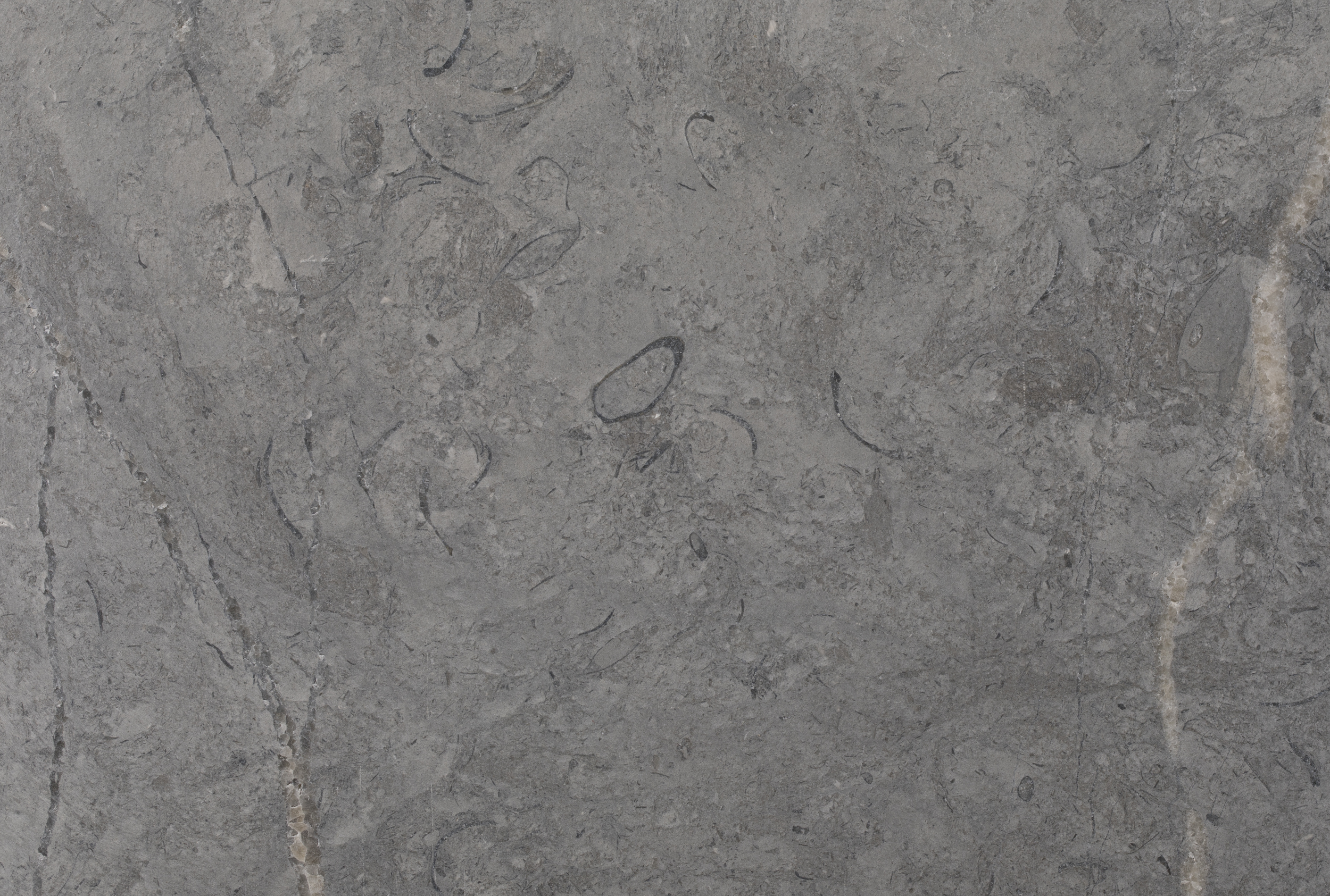
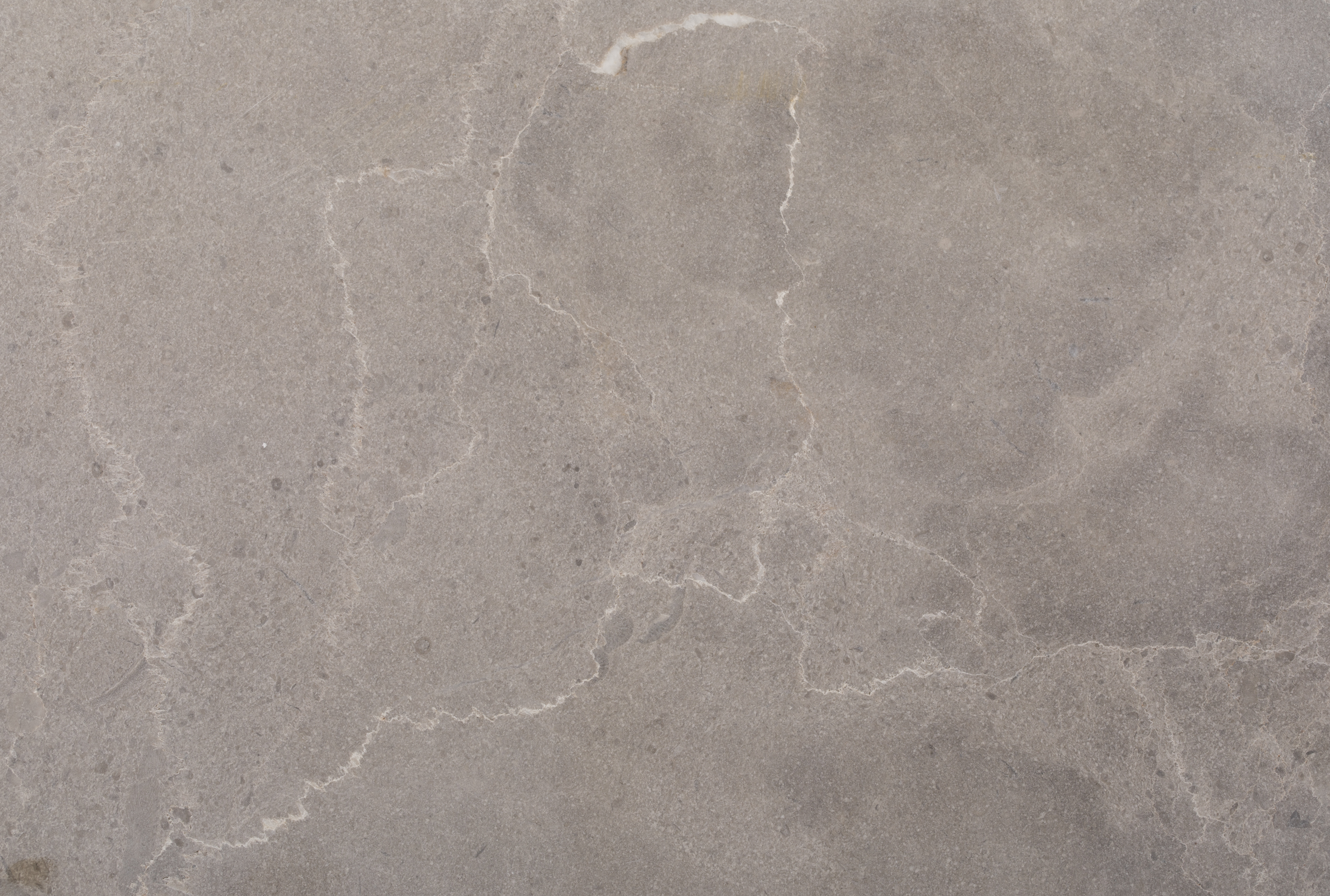
Sign up for the Country Life Newsletter
Exquisite houses, the beauty of Nature, and how to get the most from your life, straight to your inbox.
-
 Vertigo at Victoria Falls, a sunset surrounded by lions and swimming in the Nile: A journey from Cape Town to Cairo
Vertigo at Victoria Falls, a sunset surrounded by lions and swimming in the Nile: A journey from Cape Town to CairoWhy do we travel and who inspires us to do so? Chris Wallace went in search of answers on his own epic journey the length of Africa.
By Christopher Wallace
-
 A gorgeous Scottish cottage with contemporary interiors on the bonny banks of the River Tay
A gorgeous Scottish cottage with contemporary interiors on the bonny banks of the River TayCarnliath on the edge of Strathtay is a delightful family home set in sensational scenery.
By James Fisher
-
 Jewels of the Mediterranean: Luxury multi-generational villa holidays
Jewels of the Mediterranean: Luxury multi-generational villa holidaysThe Thinking Traveller have some of the finest villas in the Mediterranean on their books for multi-generational holidays. Here are just a few of the highlights.
By The Thinking Traveller
-
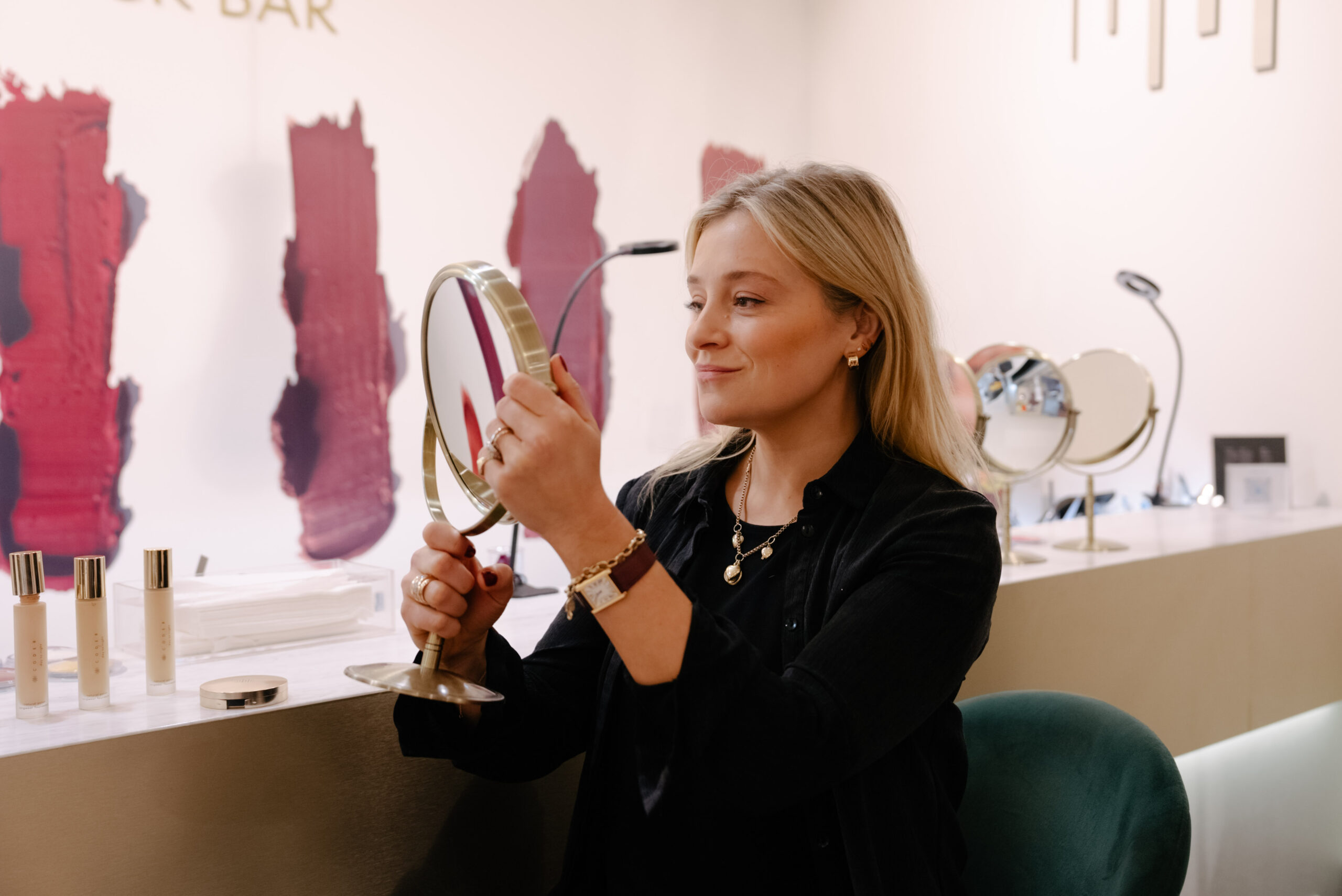 Code8: Beauty on Burlington Arcade
Code8: Beauty on Burlington ArcadeCome along Burlington Arcade with Hetty Lintell to visit beauty gurus Code8, and try their new Day To Night Foundation.
By Code8
-
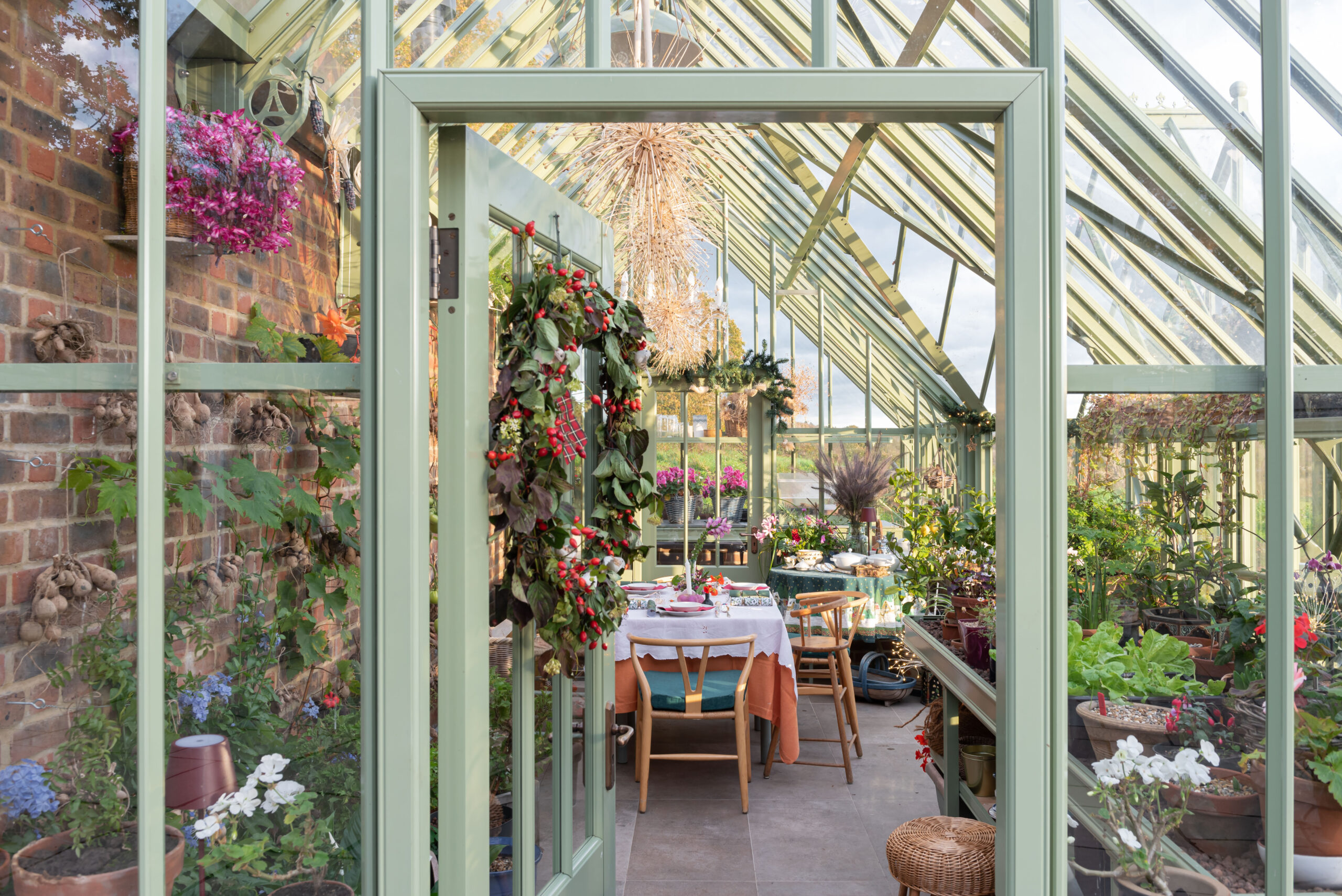 The gift of growing
The gift of growingEntirely built to suit your needs, a bespoke Alitex greenhouse not only helps you nurture flowers and vegetables, but also offers a tranquil retreat from the pressures of daily life.
By Alitex
-
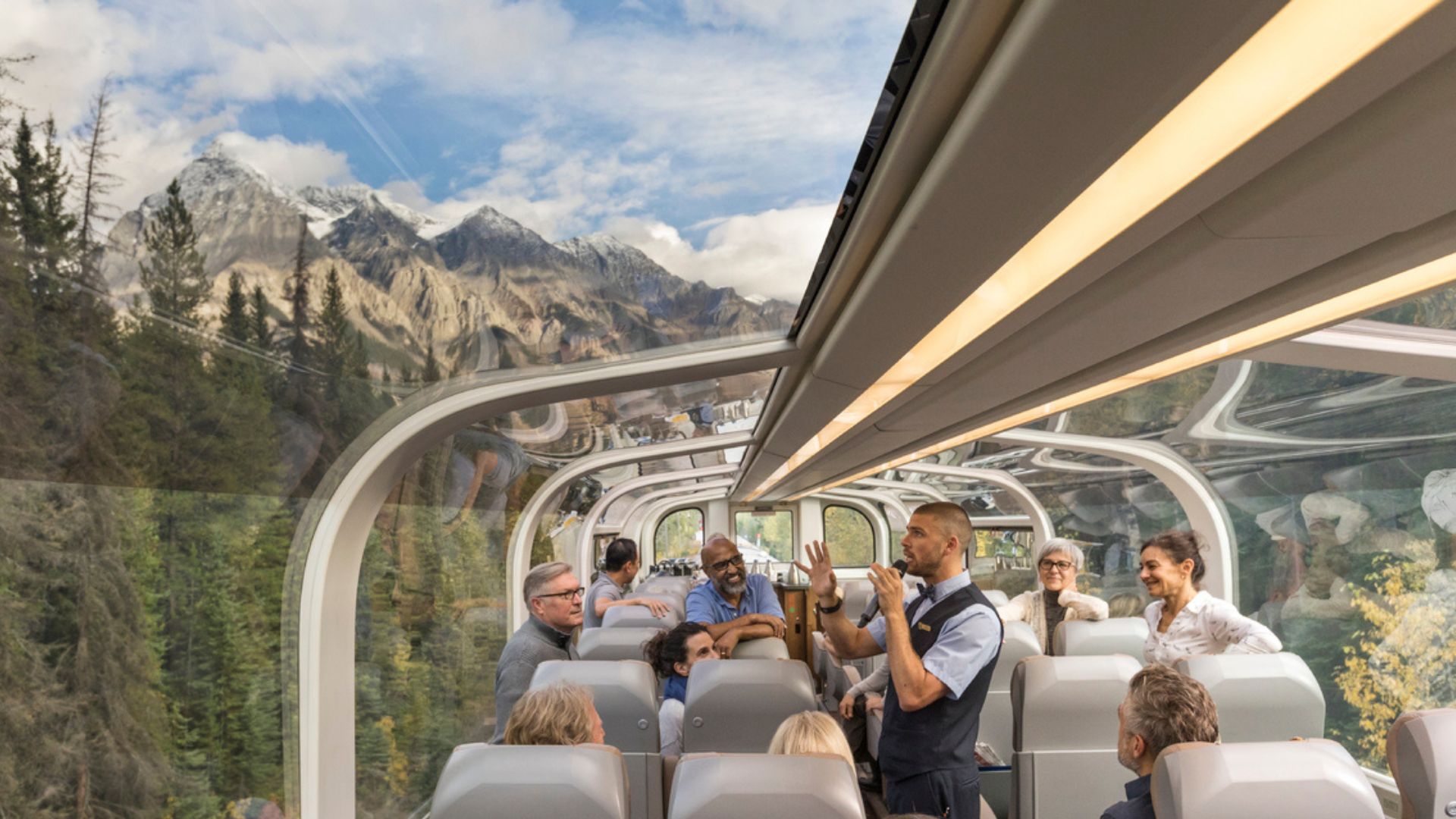 The ultimate Canadian train journey
The ultimate Canadian train journeyExperience the spectacular scenery of the Canadian Rockies onboard the luxury and top-tier service of Rocky Mountaineer.
By allantaylor
-
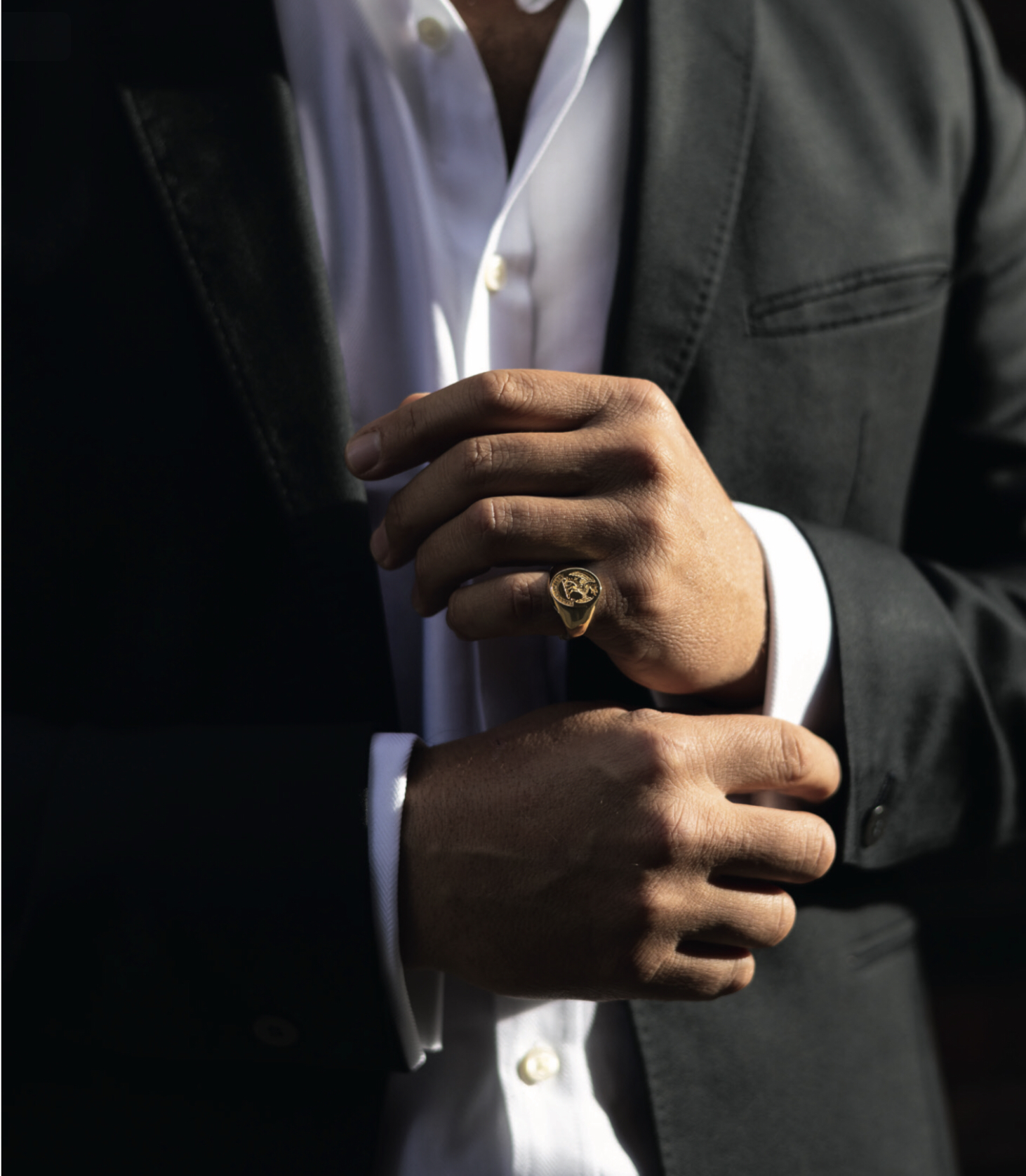 Diamonds are a man’s best friend
Diamonds are a man’s best friendMale interest in jewellery is on the rise, with gypsy and signet rings proving especially popular, according to renowned jeweller Hancocks.
By Hancocks London
-
 The Art of Lighting: Four of Britain's top designers share their best tips for choosing lighting
The Art of Lighting: Four of Britain's top designers share their best tips for choosing lightingAt a recent panel discussion hosted at Vaughan’s London showroom during Focus/24, interior designers Emma Pocock and Sarah Peake, lighting designer Jo Mann of Lighthouse Designs and Richard Smith of Vaughan shared their top 10 tips on choosing lighting.
By Vaughan
-
 The beauty of bespoke: A journey with Julia Lloyd George
The beauty of bespoke: A journey with Julia Lloyd GeorgeGoing bespoke with Julia Lloyd George means getting not just a piece of jewellery, but a lifelong treasure.
By Julia Lloyd George
-
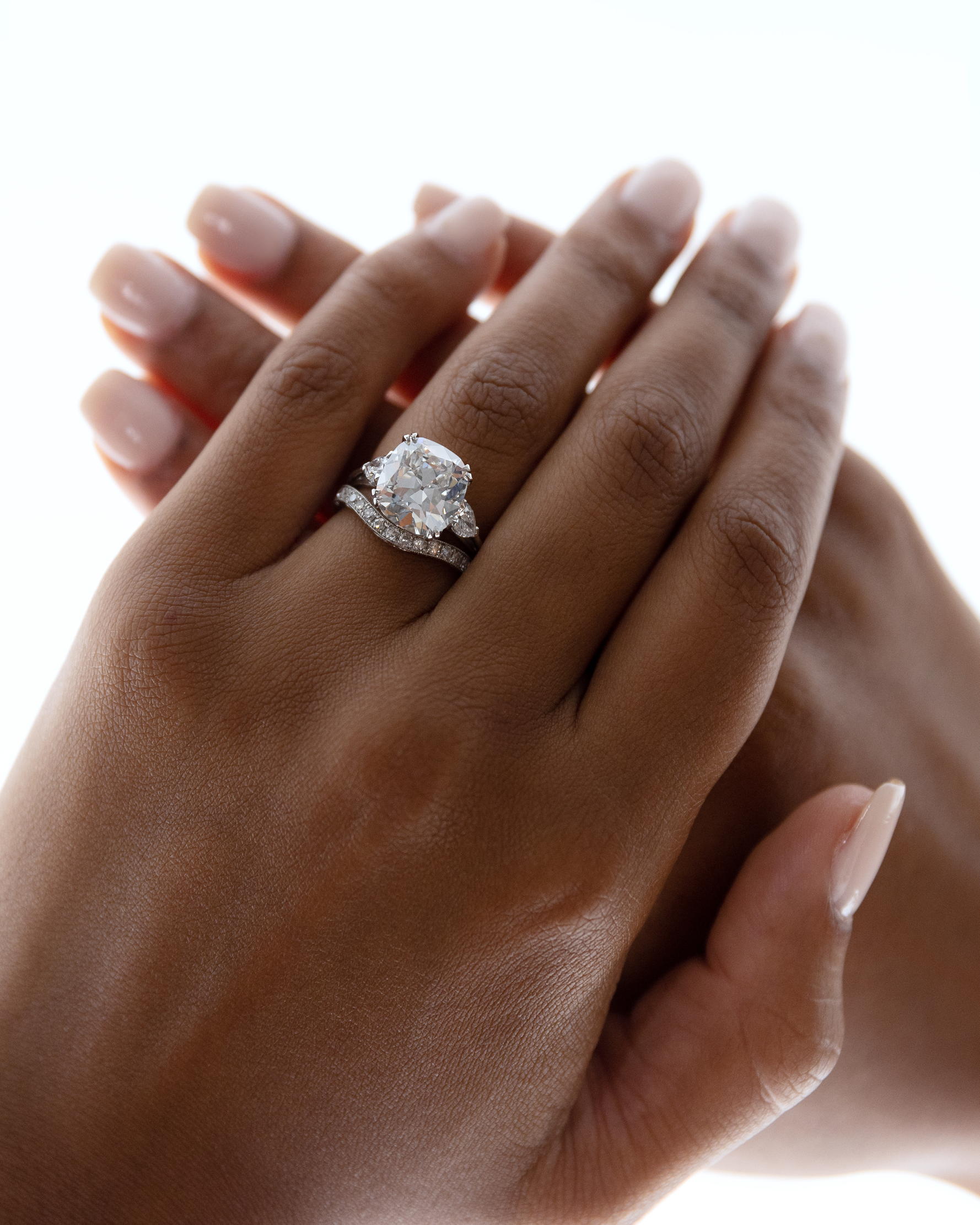 Hancocks: Sparkle of genius
Hancocks: Sparkle of geniusHistoric jewellery firm Hancocks, now in its new St James’s home, specialises in old-cut diamonds pieces that gleam and turn heads even in low light.
By Hancocks London
